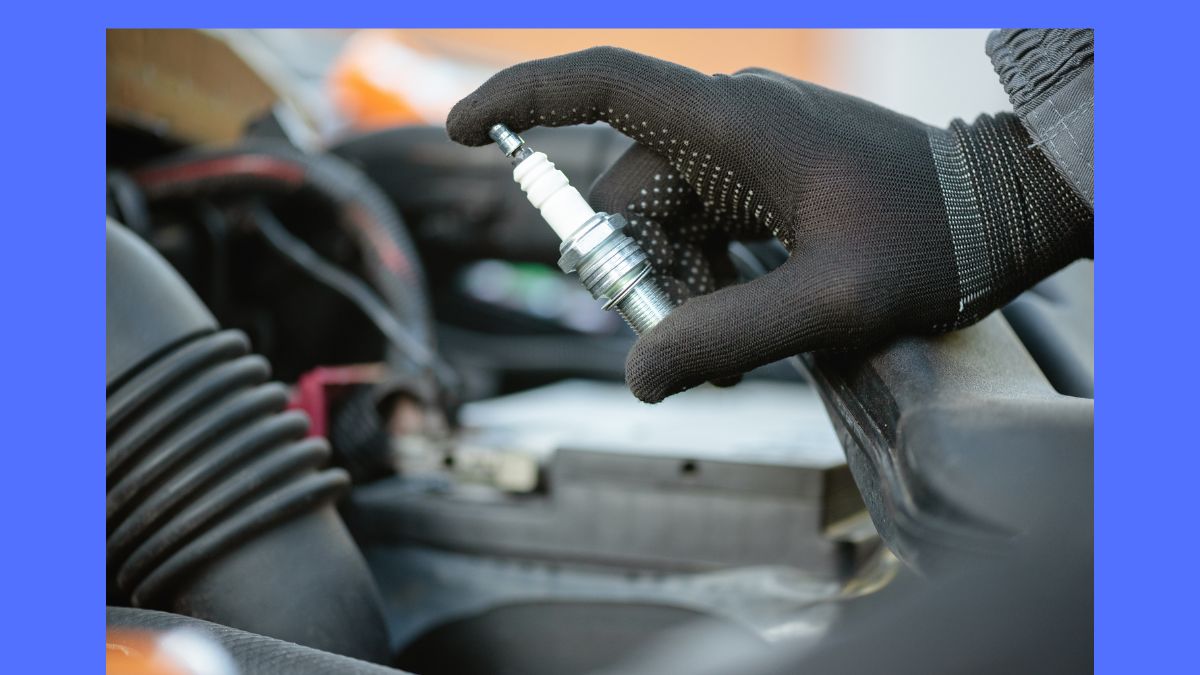How Can Truck Auto Inspection Save You Money?
Truck auto inspection is something that you do to ensure that your truck is roadworthy or conforms to emission requirements. A regular truck auto inspection is beneficial to you as a truck owner. Performing a regular inspection will save you huge amounts of money you could have spent repairing your truck. After reading this guide, you will understand how truck auto inspection will help you save money.
Truck Auto Inspection Lets You Fix Minor Problems
With time as your truck is serving you, its parts will start to wear out and become damaged. If you fail to discover the wear out in time, such parts can be badly damaged. You will spend more cash on replacing the broken parts.
Regular truck auto inspection will let you identify and fix such problems early before they escalate into major problems.
Increases Fuel Economy
When performing a truck auto inspection, you can identify engine issues that make it less fuel-efficient. When the fuel or air filter is clogged, your engine will work hard to generate the necessary power for your truck. In such a case, it will consume more fuel.
If the oxygen sensors are faulty, more fuel will be injected into the engine. Faulty ignition sparks can also negatively impact your fuel economy. It is not easy to notice such problems. As a result, you will be spending more on fuel for your truck. Running a truck auto inspection will help you identify and fix issues related to poor fuel economy.
Truck Auto Inspection Improves Its Resale Value
Trucks are not assets that appreciate value. When you buy a new truck, ignite the engine and drive it home, its value will start going down. Never expect to sell it at the same price you bought it or more.
Several factors can make your truck depreciate very fast. When looking forward to selling your truck, its auto inspection report will play a greater role in proving that it is well-maintained and in perfect working condition. Buyers will believe you go the extra mile to ensure that your truck is in perfect working condition.
Your Insurance Cost Will Be Down
Truck auto inspection will help you identify factors that can put your truck at risk that can compromise its safety. You will never pay higher insurance premiums when you have good safety records.
Various insurance companies perceive that safe vehicle results in fewer accidents, and thus less will be paid as compensation.
Extends the Service Life of Your Truck
Major truck problems usually start gradually and develop. Performing truck auto inspection will enable you to identify such problems and fix them before they become major. Doing this extends the service life of your truck. Apart from extending the service life of your truck, you will realize that you will be spending less on maintaining your truck.
Conclusion,
Truck auto inspection is an activity that every truck owner should consider practicing more often. Trucks are prone to wear and tear. Several truck issues start gradually, auto inspection enables you to identify such problems at an earlier stage and fix them. Truck auto inspection will therefore help you save money.



